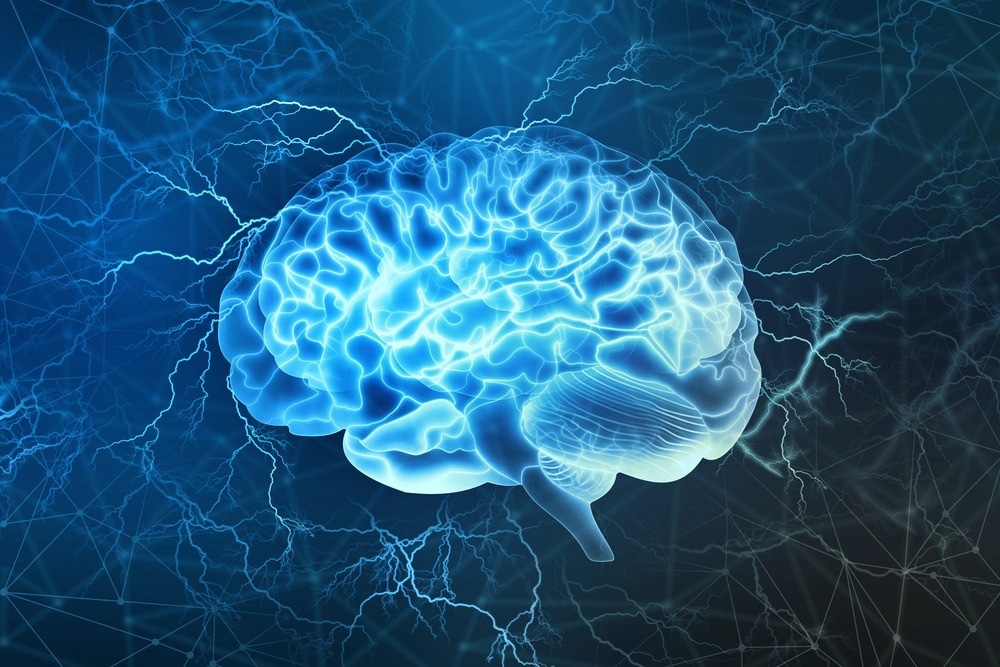Researchers have employed novel biosensors to uncover neuropeptide activity in the brain, introducing innovative tools for examining the release, function, and regulation of these vital signaling molecules in vivo.

Image Credit: Yurchanka Siarhei/Shutterstock.com
The study suggests that this approach holds promise in addressing fundamental questions regarding neuropeptides and their implications for health and disease.
Neuropeptides play a crucial role in regulating various physiological functions in the body, such as digestion, metabolism, sleep, and higher cognitive processes, making their signaling pathways, primarily mediated by G protein-coupled receptors (GPCRs), a significant target for drug interventions in conditions like obesity, diabetes, insomnia, and chronic pain.
Despite the importance of understanding the spatial and temporal dynamics of neuropeptides in vivo, current tools for detecting and monitoring these molecules in the brain are insufficient.
Consequently, the intricate spatiotemporal dynamics and release patterns of neuropeptides in the brain remain poorly comprehended. In response to this gap, Huan Wang and colleagues propose a generalized method for engineering genetically encoded fluorescent neuropeptide biosensors.
Wang et al. have designed and characterized a set of highly selective and sensitive GPCR activation-based sensors (GRABs) capable of detecting various neuropeptides, including somatostatin (SST), corticotropin-releasing factor (CRF), cholecystokinin (CCK), neuropeptide Y (NPY), neurotensin (NTS), and vasoactive intestinal peptide (VIP).
Through in vitro and in vivo experiments involving cultured cells and mice, the researchers demonstrated that GRABs exhibit high sensitivity, enabling the detection of specific neuropeptide releases with precise spatiotemporal resolution without interfering with signaling pathways.
Wang et al. propose that their approach could be employed to create a GRAB sensor for nearly any neuropeptide, facilitating the investigation of organism-wide neuropeptide signaling. In a related Perspective, Roman Romanov and Tibor Harkany delve into a more detailed discussion of the study.
Source:
Journal reference:
Wang, H., et al. (2023) A tool kit of highly selective and sensitive genetically encoded neuropeptide sensors. Science. doi.org/10.1126/science.abq8173.